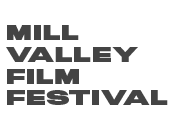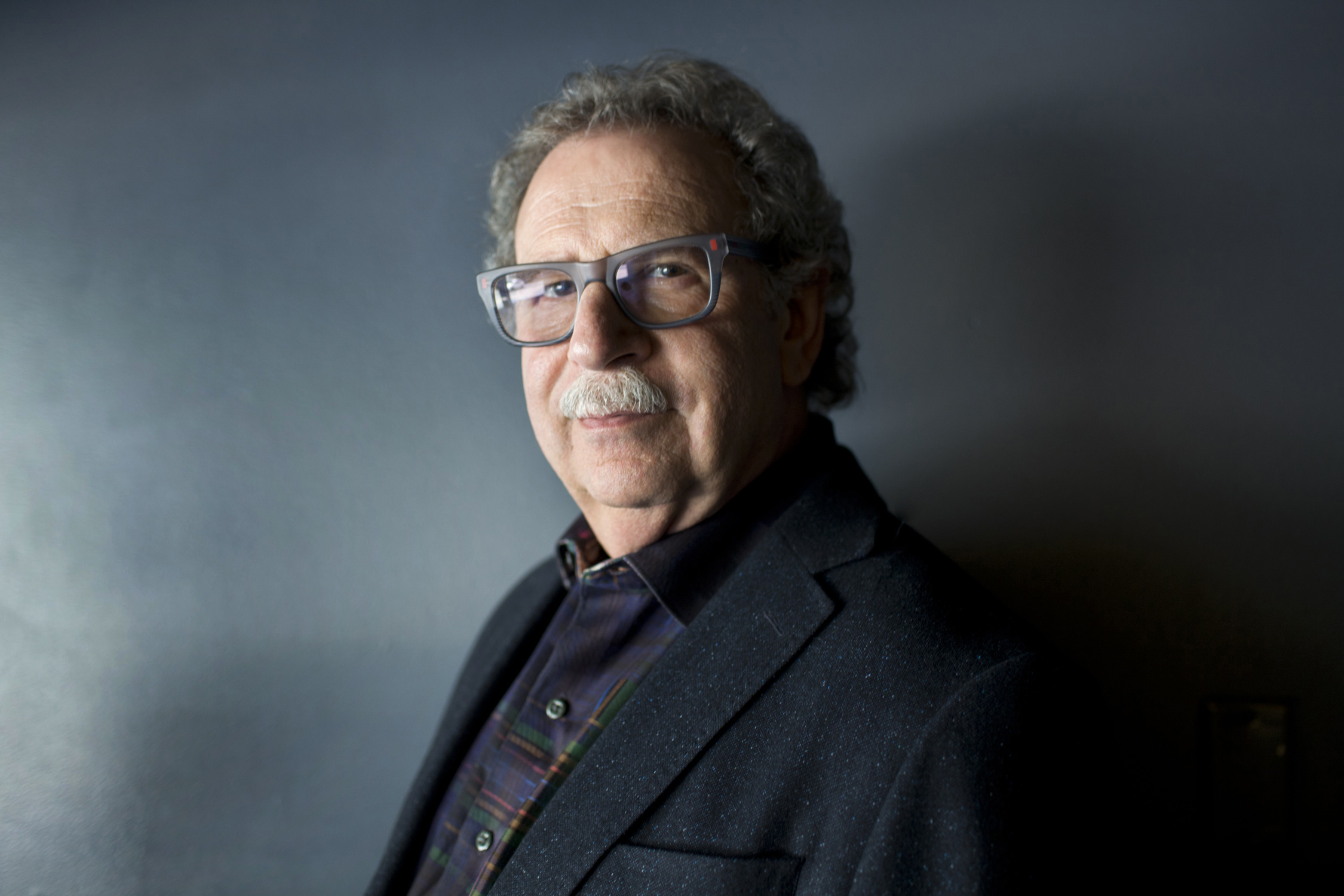MVFF THROUGH THE YEARS
LOOKING BACK ON 40 YEARS WITH MVFF EXECUTIVE DIRECTOR MARK FISHKIN
With the 40th Opening Night kicking off tonight, we started getting a little nostalgic. We sat down with Mill Valley Film Festival Executive Director Mark Fishkin, who has shepherded the MVFF from a three-day festival to the 11-day Festival we now know and love.
What was your goal with starting the Festival?
Professionally I was appalled at the lack of any independent film or diversity and theatrical exhibition when I moved to Marin County in 1977. And I wanted to make a place for these films. That was my primary goal.
Where were you before Mill Valley?
I came to Marin from Colorado, where I was a ceramics sculptor and a potter in a little town called Ouray, and by happenstance I was at the first Telluride Film Festival. A friend of mine owned a restaurant and a bar there. That gave me motivation to look at my past and think about the influences that film had on me. I had taken all the requisite courses [in college]… Even looking further back to the movies that I saw when I was young, we had something called the “Million Dollar Movie” where I grew up, where we showed the same film continuously every day for a week. And I would stumble upon films that were film noir – not understanding what film noir was, but intrigued by it – or films that moved me by their sense of justice, or injustice, in the case of The Ox-Bow Incident.
Film had already been a part of my DNA, and I was an English major with an emphasis in creative writing in college at University of Maryland. So when I was introduced to the Telluride Film Festival, I started thinking about how I wanted another palette to express myself, and that was going to be film – not knowing that when I moved to California, I would be starting a film festival. That came about not only because of my passion and my shock at how little independent film and international film and documentaries there were, but also because I knew if I didn’t do anything I’d be broke in about two years. So I naively thought I could make a living as a film festival director. And it only took about another 20 years.
What was the Opening Night film at the first MVFF?
The first film that launched the MVFF was actually a retrospective and a tribute to James Broughton, the brilliant poet and personal filmmaker from San Francisco. We showed a selection of his films including a film called The Bed [screening again at MVFF40 on 16mm!] and actually he created a poem. He was probably known more famously as a poet than a filmmaker, but still widely acknowledged for his films, and he created an original poem for the Mill Valley Film Festival. He read it at Oddfellows Hall. [See Broughton’s poem below.]
We used the Sequoia for the midnight showings and the Mill Valley golf course, where the Mill Valley Center for Performing Arts is now.
When did you begin to feel that the Festival was really taking off?
I think it was a gradual process. There were benchmarks along the way. The second year, when we were able to have the premiere of The Wanderers by Phil Kaufman, who I was a great admirer of, and especially we showed a number of his films over the years. Some of them were in archives and hardly been seen.
Those were always pivotal moments. certainly I would say the year that we premiered a little film called Walking On Water, with Edward James Olmos and Lou Diamond Phillips, we had its world premiere. The title was later changed to Stand And Deliver, and literally the acquisition directors and the presidents of the film companies were running to the only pay phone in the Sequoia Theater, and it sold from the Mill Valley Film Festival for the largest amount any independent film had sold for in the history of filmmaking.
World premieres like Long Time Companion, and then being able to get films that were part of the Czech New Wave, or from Australia or New Zealand, and then the great days of the early great Ken Loach. Those were all pivotal moments when you felt like you were really coming into your own.
What’s your favorite memory of MVFF?
That’s pretty difficult to answer. I would probably say … there have been so many great friendships that have been made here, going back to Phil Kaufman and David Myers and Rob Nilsson – we’ve shown a film of his every year for 40 years. Many people are coming back this year, too – Joe Wright (MVFF40 Closing Night film Darkest Hour)– we showed his first film, Pride And Prejudice.
I’d have to say that it’s not only the friendship, but the experience with Walking On Water, and my relationship not only with Edward James Olmos but also with Robert M. Young who did The Battle of Gregorio Cortez, and who was really considered one of the fathers of American independent cinema.
What about MVFF are you most proud of?
Our mission of celebrating and promoting film as art and education and how we serve the two major constituencies. So I’m most proud about how we’ve been able to work with filmmakers and sometimes we play a small part, but an important part, in terms of launching their film and giving them publicity. Many people have said very kind things to us about their careers and how we’ve helped launch them or influenced them. But even though I consider that our role as being relatively small as compared to the talents and contributions, I think it’s really meaningful in its totality.
With audiences, too – I believe especially in Marin and the Bay Area we have stimulated people to think about film in a different way, and when they see the kinds of films that we show, you can visibly see the excitement. I think it moves them to see more independent films or foreign language films or documentaries, and in many cases stimulates them to do many other things that are more political or philanthropic or artistic. That is a blessing and I consider it as a great gift to me and to the organization itself to be playing a part of that.
What are you looking forward to at MVFF40?
Obviously all the great people we’re honoring, from Kristin Scott Thomas to Sean Penn and Andrew Garfield and Holly Hunter, but I’m really excited by the recent films we just added – and some of them have not gotten into the Program.
There’s a film called Life And Nothing More by a young filmmaker, Antionio Méndez Esparza, who teaches at Florida State University. It’s his second feature – his first feature [Aqui y Alla] won the Critics Award at Cannes. Life And Nothing More is the simple story of a black woman and her two children living in Florida, and her adorable daughter and her teenage son who seems to be having a hard time adjusting to life. It was acknowledged by Variety as one of the ten best films coming out of Toronto, and for a small American independent film that is quite extraordinary.
Two other films we have placed that are not in the program: one is Chappaquiddick, starring Jason Clarke. All the press coming out of Toronto is acknowledging that he has become a contender for awards season. It’s a brilliant, concise film of the story of Chappaquiddick and Ted Kennedy.
The other film that we’ve added is I, Tonya, which is about Tonya Harding. It stars the incredible Margot Robbie who also stars in Goodbye Christopher Robin, also screening this year. Those are incredibly exciting and they may be films that people are not aware of because we booked them later than the other films.
Anything else you’d like to say to MVFF audiences before tonight’s kickoff?
I’m proud of the scope of the festival and the balance between international films, documentaries and US independents… so I would like to remind audiences to take a chance. Take a chance on something that you haven’t seen before. I can’t always guarantee that you will always love every film you see, but my hope is – and I’m pretty sure – that you will still get something out of it that will be very special.
Poem composed for MVFF by James Broughton:
We are here to celebrate being here
We are celebrating the making of pictures in Marin
We are celebrating the making of pictures that move
We are celebrating the 20th century’s passion for taking pictures
We are celebrating the pleasure in staring at illuminated rectangles that make noises
We are celebrating movies as an excuse for coming together to celebrate
So it is cause for celebration: that it doesn’t matter whether the movies are any good, as long as we can celebrate looking at them.







